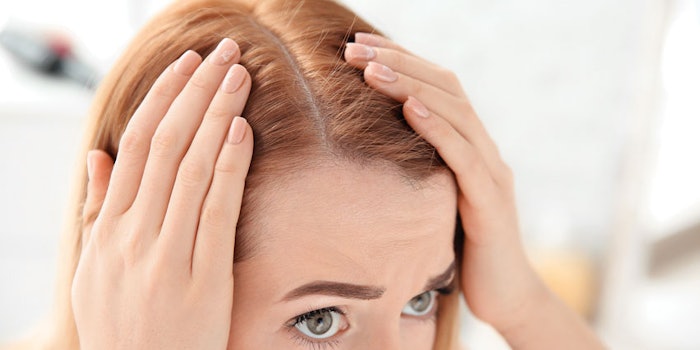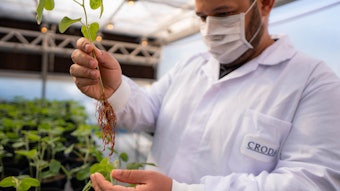
Probing the inner workings of hair biology, Gill Westgate (GW), Ph.D., of the University of Bradford, U.K., and Marta Bertolini (MB), Ph.D., of Monasterium Laboratory, Skin and Hair Research Solutions, Muenster, Germany, shared with Cosmetics & Toiletries the latest in hair research and findings presented at the 11th World Congress on Hair Research, held April 24-27, 2019 in Barcelona. Following is an excerpt adapted from our podcast interview series (see Part II and Part III).
C&T : What new areas are being researched in hair?
GW: We’re beginning to better understand the scalp and follicular environment. The fact is, the distribution of cells in the dermis is not static and changes with age, which has consequences. Another trend, almost entering the “sci-fi” realm, is for hair cloning and transplantation, to regenerate hair in the dermal papilla cells.
MB: There’s also interest in the effects of products, e.g., sunscreens, and environmental factors, including UV, on the scalp; and new findings that the scalp microbiome is not just on the surface but deeper, in the subcutis and hair follicle.
C&T : What novel findings have emerged?
MB: The expression of the enzyme alkaline phosphatase and its activity has previously been correlated with the prolongation of hair growth (anagen phase) but there was no conclusive study to show the reason why. During the congress, researchers showed that alkaline phosphatase in the dermal papilla is important for Wnt signaling in the follicle, which is one of the most important pathways for hair growth.
GW: The prize for best basic science presented at the congress went to a paper relating the cellular transcription factor Sox2 to hair pigmentation. We’ve known Sox2 has a role in the hair follicle but we didn’t know it can actually influence the type of melanin being produced, which has implications for changing hair color. Although this work was conducted in mice, the researchers found a marker they could use to identify the activity of Sox2.
Listen to the full podcast:











